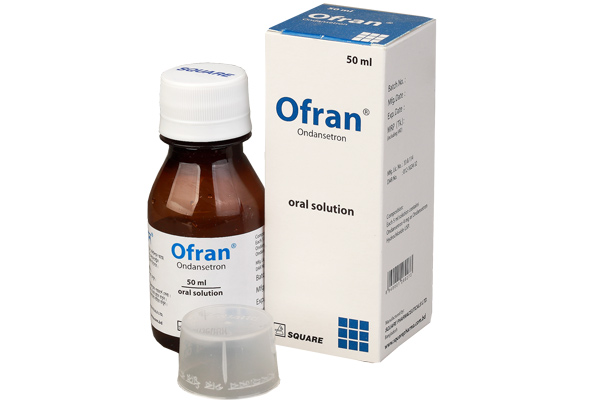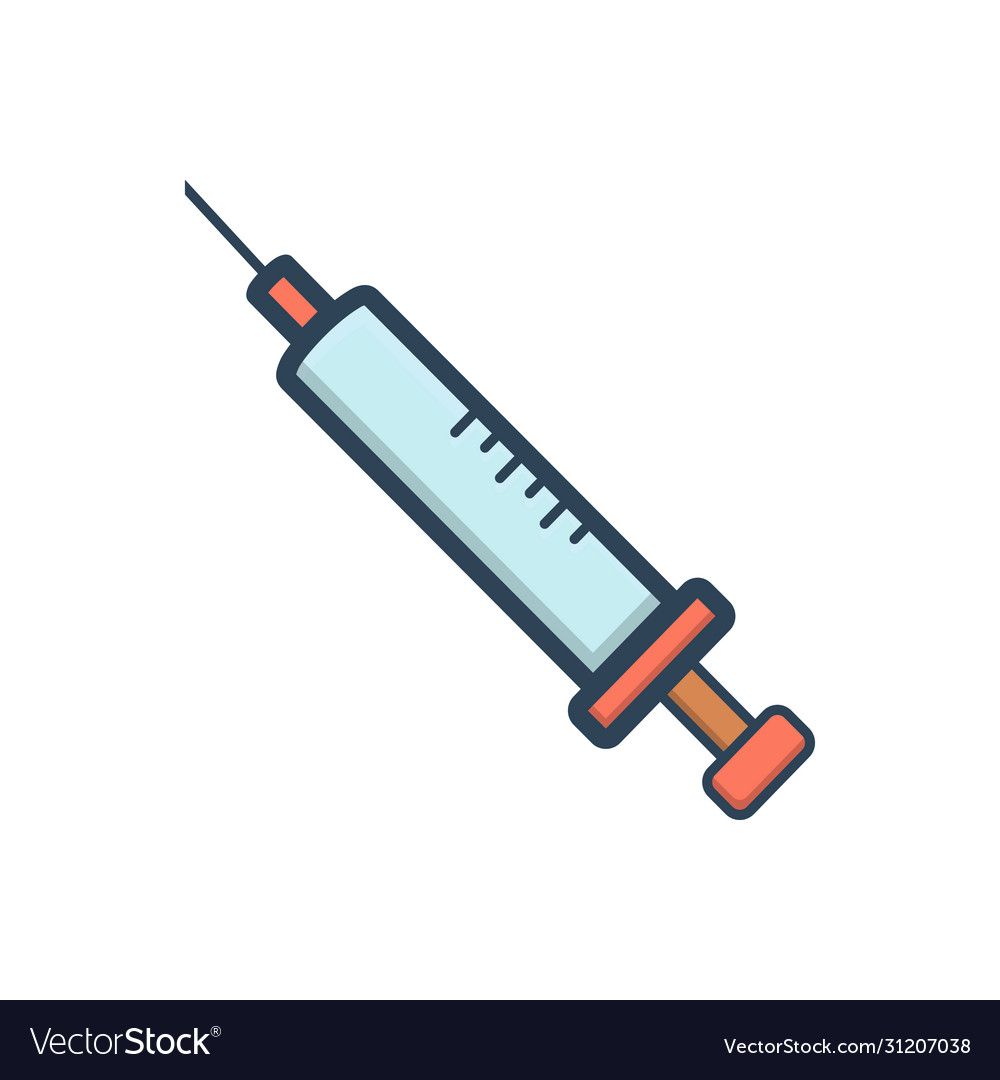Chlorpromazine Hydrochloride
Indications
Chlorpromazine is indicated in the following conditions:
- Schizophrenia and other psychoses (especially paranoid), mania and hypomania.
- In anxiety psychomotor agitation excitement, violent or dangerously impulsive behaviour. Chlorpromazine is used as an adjunct in the short-term management of these conditions.
- Intractable hiccup.
- Nausea and vomiting of terminal illness (where other medicines have failed or are not available).
- Childhood schizophrenia and autism.
Pharmacology
Chlorpromazine is a neuroleptic that acts by blocking the postsynaptic dopamine receptor in the mesolimbic dopaminergic system and inhibits the release of hypothalamic and hypophyseal hormones. It has antiemetic, serotonin-blocking, and weak antihistaminic properties and slight ganglion-blocking activity.
Dosage And Administration
Schizophrenia, Psychoses, Anxiety and Agitation
Oral-
- Adult: Initially 25 mg three times daily or 75 mg at bedtime increasing by daily amounts of 25 mg to an effective maintenance dose. This is usually in the range 75 to 300 mg daily, but some patients may require up to 1 g daily.
- Children: Under 1 Year: Do not use unless need is life saving. 1-5 Years: 0.5 mg/kg bodyweight every 4 - 6 hours to a maximum recommended dose of 40 mg daily. 6-12 Years: A third to half the adult dose, to a maximum recommended dose of 75 mg daily.
- Elderly: Start with a third to a half the usual adult dose with a more gradual increase in dosage.
Intramuscular-
- Adult: For acute relief of symptoms 25 - 50 mg every 6-8 hours.
- Children: Under 1 Year: Do not use unless need is life saving. 1-5 Years: 0.5 mg/kg bodyweight every 6 - 8 hours. Dosage is not advised to exceed 40 mg daily. 6-12 Years: 0.5 mg/kg bodyweight every 6-8 hours. Not to exceed 75 mg daily.
- Elderly: Doses in the lower range for adults should be sufficient to control symptoms, i.e. 25 mg, 8 hourly.
Intractable Hiccup (Adult)
- Oral: 25-50 mg three or four times daily.
- Intramuscular: 25-50 mg every 6-8 hours.
- Intravenous Infusion: If other routes of administration are inappropriate, give 25-50 mg in 500-1000 ml sodium chloride by slow intravenous infusion every 6-8 hours.
Nausea and Vomiting of Terminal Illness
Oral-
- Adults: 10-25 mg every 4-6 hours.
- Children: Under 1 Year: Do not use unless need is life saving. 1-5 Years: 0.5 mg/kg every 4 - 6 hours. Maximum daily dosage should not exceed 40 mg. 6-12 Years: 0.5 mg/kg every 4 - 6 hours. Maximum daily dosage should not exceed 75 mg.
- Elderly: Initially a third to half the adult dose. The physician should then use their clinical judgement to obtain control.
Intramuscular-
- Adults: 25 mg initially, then 25 - 50 mg every 3 - 4 hours until vomiting stops, then drug to be taken orally.
- Children: Under 1 Year: Do not use unless need is life saving. 1-5 Years: 0.5 mg/kg 6 - 8 hourly. It is advised that maximum daily dosage should not exceed 40 mg. 6-12 Years: 0.5 mg/kg every 6 - 8 hours. It is advised that maximum daily dosage should not exceed 75 mg.
Administration
May be taken with or without food. May be taken with meals to reduce GI discomfort.
Interaction
Interactions resulting in decreased chlorpromazine levels: Food, alcohol and benztropine can reduce the absorption of chlorpromazine. Antacids can slow the absorption of chlorpromazine. Lithium and chronic administration of barbiturates can lead to increased clearance of chlorpromazine.
Interactions resulting in increased chlorpromazine levels: Tricyclic antidepressants decrease the clearance of chlorpromazine and may lead to increased serum levels. Administration of chlorpromazine with CYP1A2 inhibitors, in particular strong (such as ciprofloxacin and fluvoxamine) or moderate (such as oral contraceptives and vemurafenib) inhibitors leads to an increase in chlorpromazine plasma concentrations. Therefore, patients may experience any chlorpromazine dose-dependent adverse drug reaction.
Contraindications
Chlorpromazine should never be used in the following circumstances:
- Circulatory collapse.
- CNS depression, e.g. coma or drug intoxication.
- Previous history of a hypersensitivity reaction (e.g. jaundice or blood dyscrasia) to phenothiazines, especially chlorpromazine itself, or to any of the excipients contained in the tablets or injection.
- Bone marrow depression.
- Phaeochromocytoma.
- Hepatic failure or active hepatic disease.
- Chlorpromazine Injection contains sodium metabisulfite and sodium sulfite and may cause allergic-type reactions including anaphylactic symptoms and asthmatic episodes in susceptible people.
Side Effects
The following adverse effects have been reported for chlorpromazine or phenothiazines in
general.
- Cardiovascular: Postural hypotension, ECG Changes.
- Dermatological
- Contact dermatitis, photosensitivity, urticarial, maculopapular, petechial or oedematous reactions.
- Endocrine: Elevated prolactin levels, impaired thermoregulation, hyperglycaemia, other hypothalamic effects.
- Gastrointestinal: Dry mouth, constipation.
- Immunological: Raised ANA titre, positive SLE cells.
- Genitourinary: Urinary retention.
- Haematological: Leucopenia, agranulocytosis, eosinophilia, hemolytic anaemia, aplastic anaemia, thrombocytopenic purpura and pancytopenia have been reported.
Pregnancy And Lactation
Pregnancy category C. Studies in animals by oral route have shown reproductive toxicity (dose-related embryo fetotoxicity: increased resorptions and dead foetuses). Increased incidence of malformations was observed in mice but only at doses inducing maternal mortality. There is inadequate animal data regarding reproductive toxicity with chlorpromazine by parenteral route. In humans, the teratogenic risk of chlorpromazine has not been evaluated. Different prospective epidemiological studies conducted with other phenothiazines have yielded contradictory results regarding teratogenic risk. Chlorpromazine has been found to be excreted in breast milk in variable amounts, therefore it is not recommended for nursing mothers unless the expected benefits outweigh any potential risk.
Precautions And Warnings
Chlorpromazine generally should not be used in epilepsy, Parkinson’s disease, hypoparathyroidism, myasthenia gravis and prostatic hypertrophy.
Therapeutic Class
Anti-emetic drugs, Phenothiazine drugs, Phenothiazine related drugs
Use in special populations
Elderly: The elderly are relatively more susceptible to the adverse effects of chlorpromazine. The starting dose should be about half the usual adult dose and dosage increments should be gradual and reviewed regularly.
Storage Conditions
Keep below 30°C temperature, away from light & moisture. Keep out of the reach of children.


